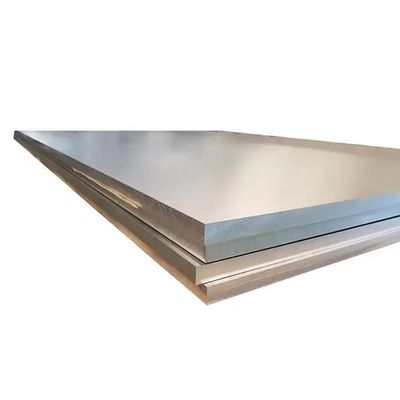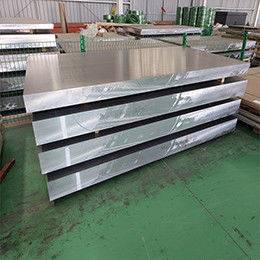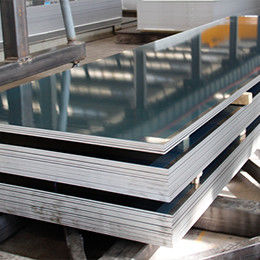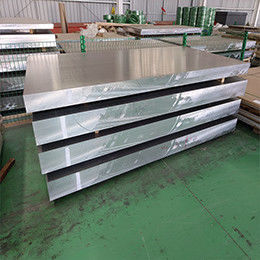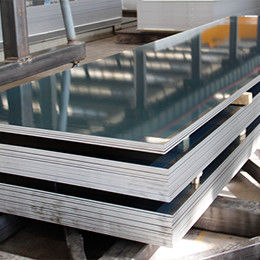Common aluminum alloy surface treatment are electroplating, spraying, wire drawing, anode, sandblasting, passivation, polishing, oxide film treatment.
(1) Sand blasting:
The main role is the surface cleaning, in the coating (spray painting or plastic spraying) before sandblasting can increase the surface roughness, to improve the adhesion has a certain contribution
(2) Passivation:
It is a method to transform the metal surface into a state that is not easy to be oxidized and delay the corrosion rate of the metal.
(3) Coloring:
There are two main processes for aluminum coloring: one is aluminum oxidation coloring process, and the other is aluminum electrophoresis coloring process.
(4) Chemical polishing:
A chemical process that uses selective self-dissolution of aluminum and aluminum alloys in acidic or alkaline electrolyte solutions to smooth and polish the surface to reduce its surface roughness and PH.
(5) Chemical oxidation:
The oxide film is thin, the thickness is about 0.5 ~ 4 microns, and porous, soft, has good adsorption, can be used as the bottom layer of organic coating, but its wear resistance and corrosion resistance are not as good as anodic oxide film
(6) Spraying:
The external protection and decoration of equipment are usually carried out on the basis of oxidation.
(7) Electrochemical oxidation:
Aluminum and aluminum alloy chemical oxidation processing equipment is simple, easy to operate, high production efficiency, does not consume electricity, a wide range of application, not limited by the size and shape of parts.
(8) Anodizing:
Electrolysis is the process of plating a thin layer of other metals or alloys on a surface of some metals. Brush plating is used for topical plating or repair.
(9) Spraying:
The external protection and decoration of equipment are usually carried out on the basis of oxidation.



